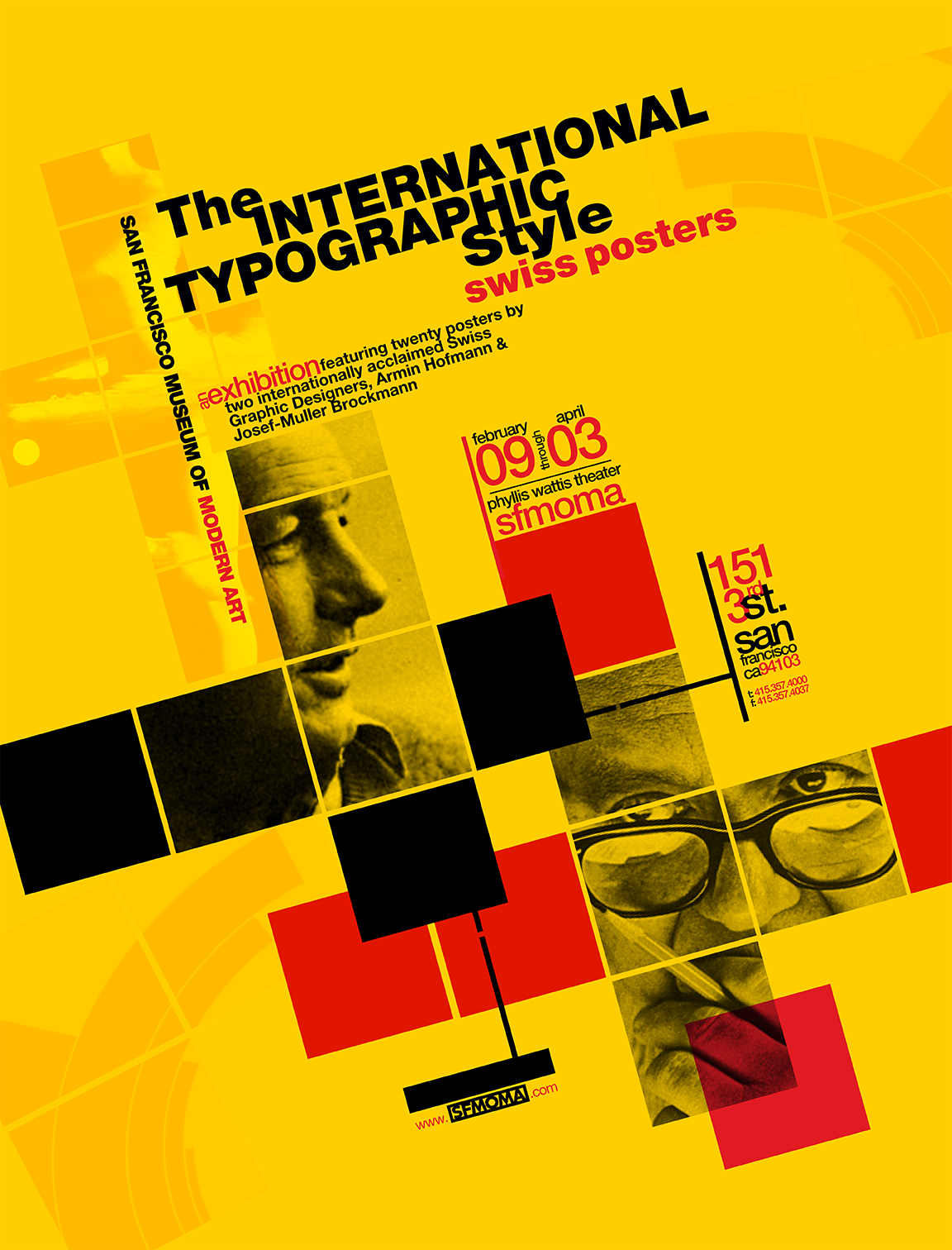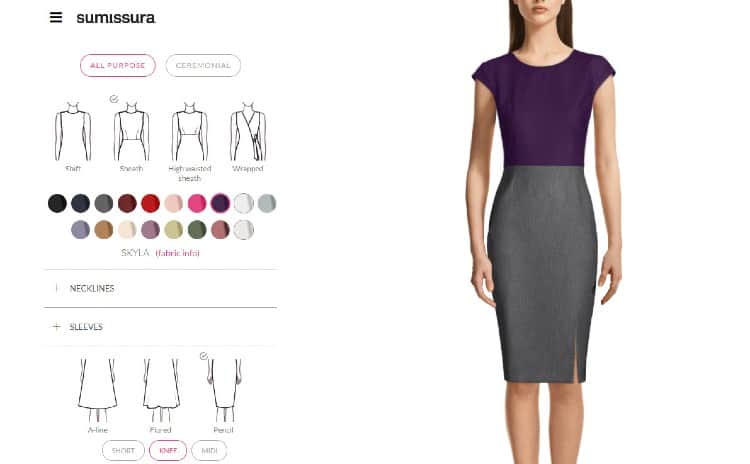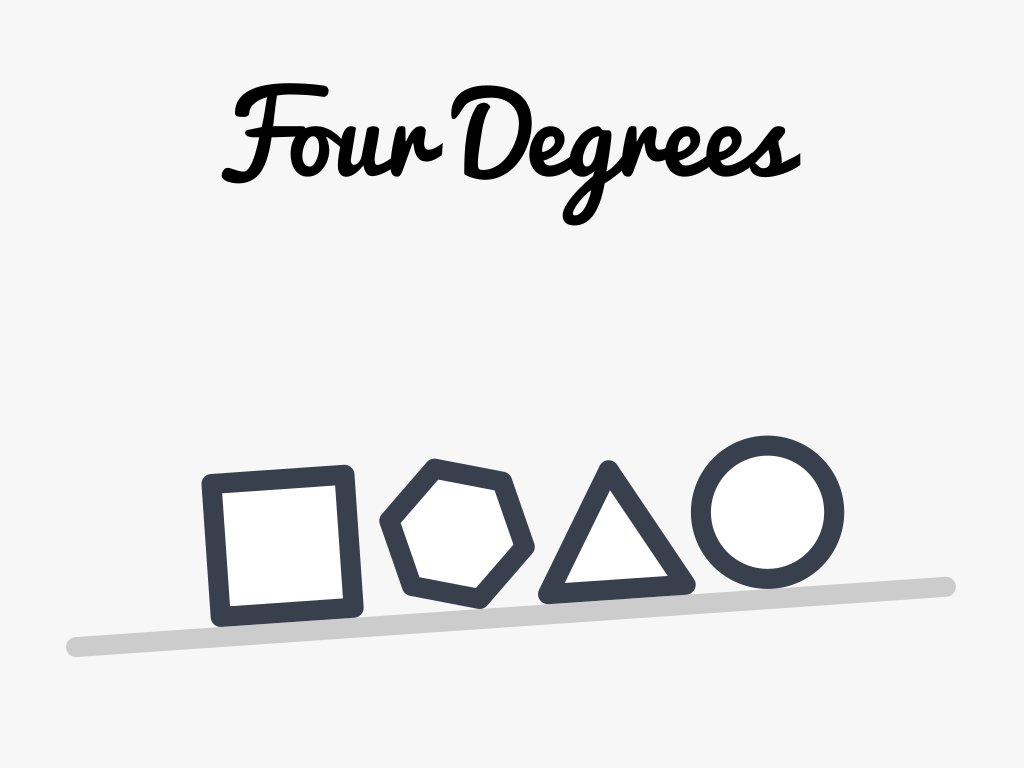Table Of Content

I am committed to expanding the reach of professional, flexible typography beyond the borders of Switzerland and into the east of Europe, where designers work with Cyrillic alphabet. We believe that by sharing quality information and inspiring talented designers, we can continue to push the boundaries of typography and design. Müller-Brockmann studied at the Zürich Kunstgewerbeschule and years later returned as a professor, succeeding Ernst Keller. He opened his own studio specialised in graphic design and photography where he produced the famous concert posters for the Tonhalle in Zurich. It’s difficult to talk about Swiss Style without talking about Swiss Style typefaces.
The Typefaces
Rather, they looked to precedents at the intersection of art and design from the period spanning roughly 1914 and 1939. These included the movement of Suprematism and Constructivism in Russia, De Stijl in the Netherlands, and the Constructivism-inspired work of the Bauhaus, a design school founded in 1919 in Dessau, Germany. Bauhaus was a German-based movement that emphasized purity of geometry, absence of ornamentation and the motto 'form follows function'. This was a school of thought that combined craftsmaking with the fine arts and was founded by Walter Gropius. The goal was to work towards the essence of the form follows function relationship to facilitate a style that could be applied to all design problems; the International Style.

exploring the nuances of joy and its connection to design
Designers in the International Style saw design as part of industrial production. They sought simplicity and believed aesthetic beauty arose out of the purpose of the thing being designed. Architects such as Le Corbusier and Phillip Johnson are among those considered part of the International Design movement and the style spread to the more general world of art. Colors are often bold and contrasting, and are used to draw attention to important elements of the design. This creates a sense of hierarchy, and helps to guide the viewer’s eye through the content. Swiss design continues to be an influential force in the world of typography and graphic design, and its principles are likely to shape the future of design in the European Union and beyond.
Viñoly's first Canadian project
Users can take apart and reconnect the stools with ease, resulting in a transformation that not only changes its silhouette but also reveals new patterns on the seats — another unexpected joyful element. Through moments of discovery, the designer allows users to feel a sense of contentment while subsequently providing solutions to everyday problems. With the three outdoor furniture collections — designed for HAY, Vero, and New Works — the Swiss-German studio allows visitors a moment of conviviality and joy as they convene outside. With the designers finding joy from working outside, they hope to translate this happiness through the pieces created. The duo wants to reflect on how their design practice takes them outside of their individual social and professional spheres and outside of their own country.
Why is Swiss design so influential in graphic design?
Instead it embraces modernity and the clarity and anonymity of machine-based design. The Jugendstil, led by people like Henri van de Velde and the typographer Otto Eckmann, is generally seen as the Germanic equivalent of the Art Nouveau that reigned in France. It, too, is characterized by intricately hand-drawn floral motifs and pre-modern flourishes.
Below are some additional sites and pages with examples and information about Swiss or International Style. After seeing a few images it should be relatively easy to get a feel for the style if your unfamiliar with it. Designer & writer exploring the intersection of design, branding, & typography. Vlourenco is the home site and portfolio of a Brazilian interactive designer Vitor Lourenço. Amongst many other interesting works, Vitor was in charge of the latest redesign of Twitter.
A New Furniture Line From Dimorestudio
In the spirit of eliminating unnecessary fluff, the typefaces that emerged during the Swiss Style era removed all serif appliques. One of the most influential and recognizable sans-serif typefaces is Helvetica (the Latin word for Swiss), a neutral design lauded for its versatility. It all started in Switzerland, but the influence of Swiss Design spread like wildfire.
Top Swiss Style Templates From Envato Elements
"With dedicated spaces for therapy activities and wellness areas, it offers a comprehensive approach to holistic healing and showcases how we can use design to evoke emotions within environments." "It is a school which offers an environment for students to find their own artistic language in addition to understanding the language of contemporary art. "The project is developed around the concept of magical realism, including themes such as ritual, memory and light – the design incorporates a series of exhibition spaces dedicated to various rituals." "Vendela designed a contemplative retreat dedicated to improving mental wellness – the primary objective was to design a space that offers respite from the daily stress and routines of life. "Comfort, informality, imagination, openness and investigation are the themes that directed her to design a space which becomes an obvious meeting point for all generations in the neighborhood. "Julia's concept for the community centre is 'living room' – creating possibilities for social interactions through multi-functional spaces.
It’s all about making designs breathe, giving words the spotlight without crowding the stage. It’s like a secret sauce that makes everything more appealing, functional, and timeless. Swiss Design became this cool blend of function and form, where every line meant something.
Music Posters Explore Swiss Modernism & Punk Rock - Design Milk
Music Posters Explore Swiss Modernism & Punk Rock.
Posted: Sun, 08 Jun 2014 07:00:00 GMT [source]
In many aspects, these ideas touch on the core proposals of the De Stijl movement. Emerging from the modernist and constructivist ideals, the Swiss Style can be defined as an authentic pursue for simplicity – the beauty in the underlines of a purpose, not beauty as a purpose in itself. The principle “form follows function” became a battle-cry of Modernist architects after the 1930s. As a consequence of this principle, most of the Swiss Style craft is devoted to the minimal elements of style such as typography and content layout rather than on textures and illustrations. Swiss designers did not create this high-modernist approach out of nowhere.
Ray started painting but would soon be working on cover designs for the California Art & Architecture magazine. (By 1947, Ray had created 26 covers for the publication, often relying on collaging techniques.). No sooner had Charles and Ray Eames moved in than they kitted out that room with a home-made moulding machine into which they fed the woods and glues that Charles sneaked home from his day. One of the many advertising designers who launched his career at Doyle Dane Bernbach was George Lois, whose works were engagingly simple and direct. He used powerful photographs and photomontages, usually by Carl Fischer, to make succinct editorial statements about the United States.
These grids are considered to be the “most legible and harmonious means for structuring information.” Using a grid for design makes creating a hierarchy for the content much easier—think web design. They are clear-cut and work well with ratios (Rule of Thirds, Golden Ratio, etc.). In addition to the grid, Swiss Style usually involves an asymmetrical layout, sans serif typefaces and the favoring of photography over illustrations. The emergence of television began to alter the roles of print media and graphic design, while also creating new opportunities for designers to work on television commercials and on-air graphics.
Vernacular imagery and popular culture inspired a generation of American designer/illustrators who began their careers after World War II, including the 1954 founders of the Push Pin Studio in New York. Their work combined a fascination with the graphic simplicity and directness of comic books with a sophisticated understanding of modern art, especially of Surrealism and Cubism. The Push Pin artists’ unabashedly eclectic interest in art and design history led them to incorporate influences ranging from Persian rugs to children’s art and decorative Victorian typefaces. In their work, a graphic vibrancy supported a strong conceptual approach to the visual message.














